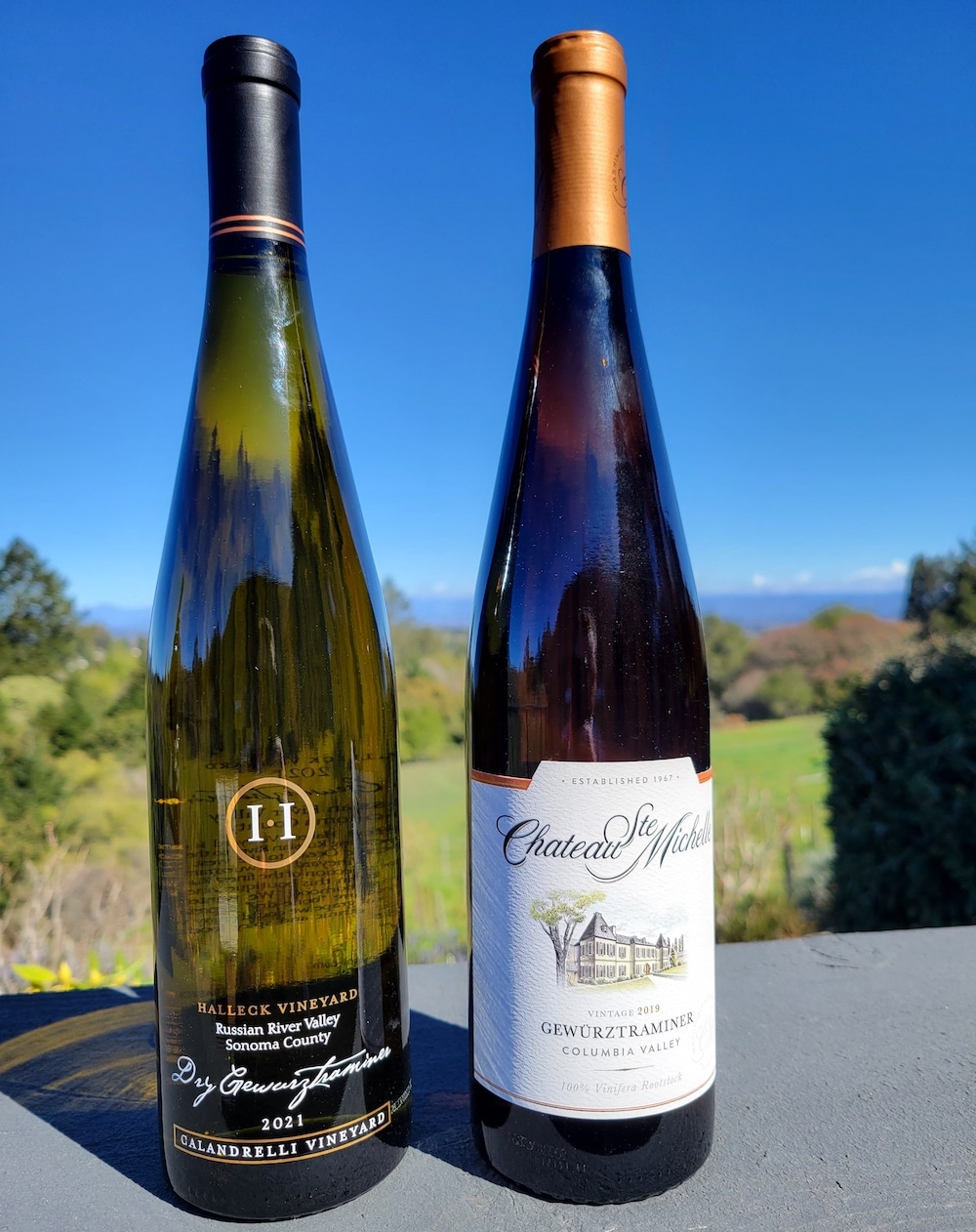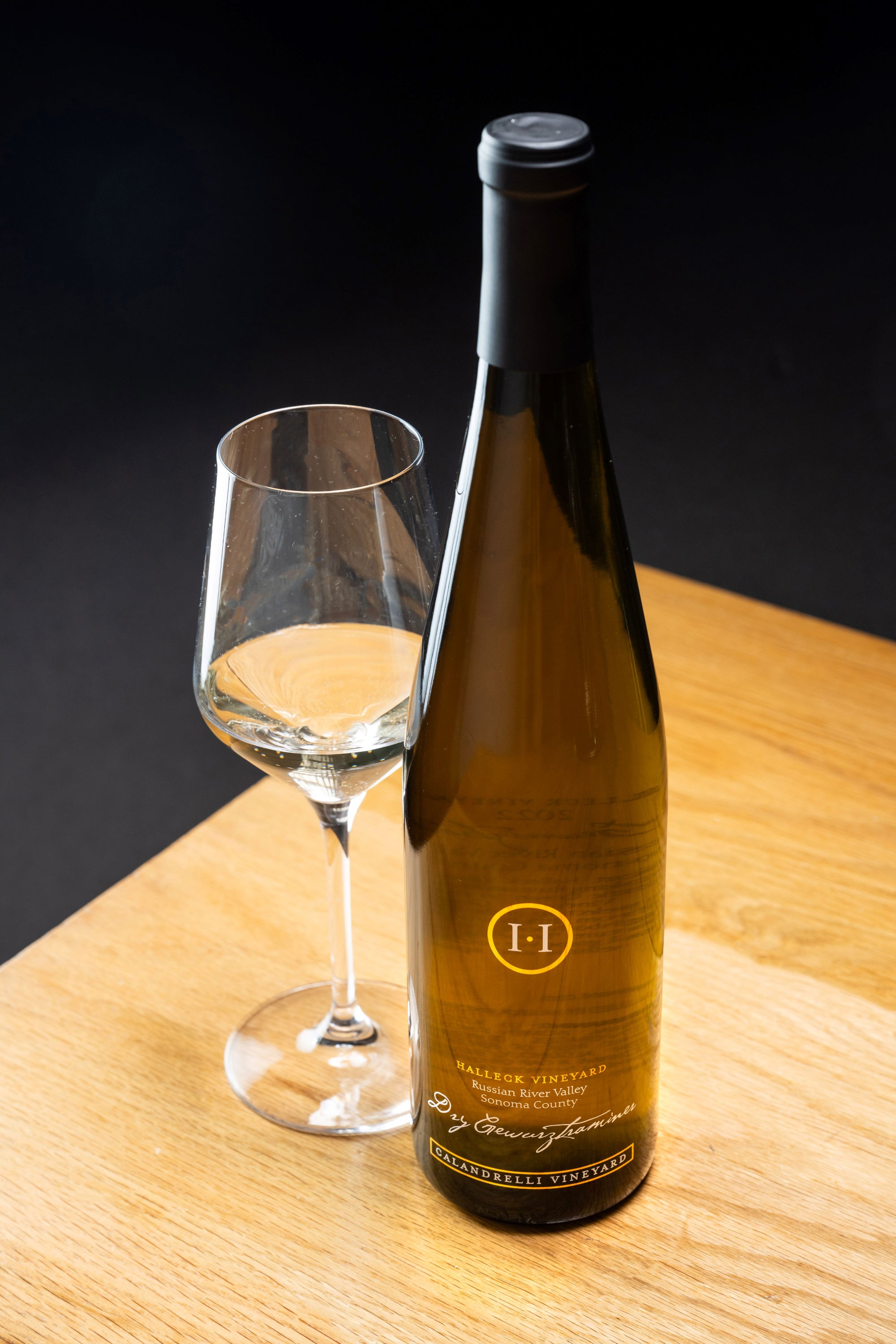Vintage Wine Tasting Experiences In Sebastopol - Sonoma Wine Country Wineries To Explore
Vintage Wine Tasting Experiences In Sebastopol - Sonoma Wine Country Wineries To Explore
Blog Article
Wineries That Host Harvest Festivals - Sonoma’s Lush Vineyard Landscapes
Wine tasting is an art that mixes sensory experience with an appreciation for the nuances of various varietals. How to gauge flavors in winery wine tasting sessions is pivotal to greedy the complexities of wine.
Engaging in a wine tasting involves more than merely sipping and savoring. It requires a focused approach to determine aromas and flavors that every wine presents. As you begin, observe the wine's appearance, noting its shade and readability. These visual cues typically suggest a wine’s age, grape variety, and even potential flavor profiles.
The subsequent step in the tasting course of is to swirl the wine in your glass. This action releases fragrant compounds that are important for analysis. Lean in and take a second to inhale deeply; the aromas can range from floral and fruity to spicy and earthy. The nostril of the wine is just as important because the palate, and recognizing scents performs a significant function in understanding the overall experience.
When taking your first sip, permit the wine to maneuver across your palate - Wineries With Unique Gamay Wines. Notice the initial flavors that current themselves. Is the wine fruity, floral, or maybe herbaceous? This initial taste offers insight into what the wine is likely to express as you continue to gauge it. The mouthfeel also contributes to the overall flavor experience; it could be silky, tannic, and even effervescent.
Wineries With Live Music Events Occasionally - Best Vineyard Visits In Sonoma
As you proceed tasting, take note of the wine’s balance. A well-balanced wine will harmonize acidity, sweetness, and tannins. If one part overwhelms the others, it'd indicate a less desirable high quality. Evaluating steadiness can help you determine how nicely the wine may pair with food.
Transitioning to the finish, think about how the flavors evolve as the wine lingers in your palate. A long, pleasant finish can indicate a high-quality wine, while a brief or abrupt finish might recommend in any other case. Mirror on whether the flavors remain consistent or if new notes emerge because the wine settles. This progression can reveal complexities and intricacies which may not have been obvious in the preliminary tasting.
Temperature can be a vital think about evaluating wine flavors. Completely Different kinds of wine are optimally enjoyed at specific temperatures. White wines often shine when chilled, whereas red wines usually perform best at room temperature. When tasting, make sure the wine is on the acceptable temperature to completely recognize its character.
Breathtaking Views From Sonoma Wineries - Enjoying A Vineyard In Sonoma
Pairing food with wine can significantly enhance the tasting experience. Meals can affect the notion of flavors in wine, both highlighting certain traits or diminishing them. When evaluating flavors, consider how the wine interacts with totally different foods, noticing which flavors are amplified or muted (Best Wineries For Wine Tasting In Sonoma).

Contemplate the affect of terroir as you have interaction in a winery tasting. Terroir encompasses the unique environmental factors that affect grape rising, including soil composition, local weather, and geography. Understanding a wine's terroir can provide perception into its flavors and aromas, fostering a deeper appreciation for the alternatives made during its cultivation and production.
Training performs a fundamental role in enhancing one's ability to judge wine flavors. Studying about grape varieties, wine regions, and manufacturing methods can pave the way for extra informed judgments during tastings. Additionally, attending workshops or classes can refine sensory skills and increase your flavor vocabulary, enabling you to articulate tasting notes more effectively.

Lastly, it's essential to do not forget that evaluating wine flavors is a extremely personal experience. Particular Person preferences and perceptions will invariably form one’s tasting journey. Enjoyment ought to be at the forefront, with the evaluation course of appearing as a software to enhance understanding and appreciation quite than create rigid tips.
Wineries Known For Their Hospitality - Sebastopol Wine Country Vineyards Adventure
In conclusion, mastering tips on how to evaluate flavors in winery wine tasting classes entails a mixture of sensory engagement, information, and practice. By learning to determine aromas, assess the balance, and appreciate the intricacies of flavor, wine enthusiasts can deepen their connection to every bottle they encounter. As with any art type, the extra one immerses themselves in the experience, the extra they may uncover and benefit from the huge world of wine.
- Begin by observing the wine's colour and readability, as these visible components can hint at its flavor profile and growing older potential.
- Swirl the wine gently in your glass; this releases aromatic compounds, permitting you to raised establish the advanced scents associated with the wine.
- Take a deep inhale before tasting, specializing in both major and secondary aromas to gather insights on fruits, spices, and different nuances.
- When tasting, allow the wine to coat your palate; note the initial flavors, the mid-palate complexity, and the finish as these phases can present totally different flavor highlights.
- Pay consideration to texture and mouthfeel, as elements such as tannin levels, acidity, and sweetness contribute significantly to the general tasting experience.
- Evaluate flavors towards standard wine traits; for red wines, think about berry notes, oak influence, and natural tones, whereas whites may embody citrus, stone fruits, and floral hints.
- Take notes during the tasting session to track your impressions, serving to you to remember and consider the completely different wines sampled.
- Discuss your findings with fellow tasters or winery staff, as sharing insights can improve understanding and appreciation of particular person flavors.
- Permit time for the wine to breathe; generally, flavors evolve and reveal new dimensions after being exposed to air.
- Experiment with food pairings in the course of the tasting as they will dramatically alter how flavors are perceived, influencing general enjoyment.undefinedWhat ought to I search for when evaluating the aroma of wine throughout a tasting?
Start by swirling the wine in your glass to release its aromas. Convey the glass to your nostril and take a deep breath. Pay consideration to the primary scents you detect, as these are sometimes the most outstanding. Look for fruit, floral, natural, or earthy notes and attempt to identify specific characteristics, which can deepen your understanding of the wine's complexity.
Wine Tasting Trails In Sonoma Valley - Sonoma County Wine Tasting Locations

How can I distinguish between completely different flavor profiles in wine?
Understand that flavor profiles are often categorized as fruit, floral, herbaceous, spicy, or mineral. Take small sips and allow the wine to coat your palate. Notice the primary flavors that emerge first and the subtle notes that comply with. This layering is important in distinguishing the wine's characteristics and will help you respect its distinctive profile.
Wineries Pairing Wine With Chocolate - Sebastopol Winery Experience
What is the significance of the wine's texture in a tasting?

The texture of the wine, also identified as mouthfeel, performs an important function in how we understand flavors. Pay attention as to if the wine feels easy, creamy, or gritty. The body of the wine (light, medium, or full) can enhance or distinction with flavors, offering a more rounded experience during tasting.
How do I assess the balance of flavors in wine?
Balance in wine refers to the harmony between acidity, sweetness, tannin, and alcohol. Take a second to evaluate whether or not these parts complement or intrude with each other. A well-balanced wine may have none of its components overpowering the others, creating a pleasing tasting experience.
Wineries That Offer Barrel Tastings - A Guide To Sonoma Wineries
What function does temperature play in evaluating wine flavors?
Temperature can significantly influence the perception of flavors. Usually, pink wines are greatest served barely below room temperature, while white wines benefit from being chilled. As the temperature modifications, the aromas and flavors can shift, allowing you to perceive completely different characteristics. It’s essential to style wine at its optimum temperature for true analysis.
Wineries Offering Virtual Wine Tastings - Sonoma's Premier Wine Tasting Events
How can I improve my tasting skills over time?
Practice is essential to improving your tasting skills. Wineries Known For Sustainable Practices In Sonoma. Attend tastings, maintain a journal of your experiences, and explore several varieties of wines to broaden your palate. Moreover, learning about wine manufacturing and grape varieties can present context that enhances your evaluation course of, making you a extra informed taster.
Is there a specific order by which I should style the wines?
Wineries That Offer Food Trucks On Weekends - Sonoma Vineyard Tours
Yes, it’s advisable to taste wines from light to full-bodied and dry to sweet. This progression prevents the stronger flavors from overshadowing the extra delicate ones, permitting you to totally recognize each wine's characteristics and nuances with out palate fatigue.
How can I consider the aftertaste of wine?
Upcoming Wine Festivals In Sonoma County - Celebrated Wineries Around Sebastopol
The aftertaste, or finish, is an important aspect of the wine-tasting experience. After swallowing, take note of how long the flavors linger our website on your palate and whether they change. A long, nice finish is often an indicator of a high-quality wine, whereas a short or disagreeable finish could recommend in any other case.
Why is it necessary to note the wine’s acidity throughout tasting?
Acidity contributes to the overall freshness and structure of the wine. Pay attention to the tingling sensation on your tongue; greater acidity can improve the wine's liveliness and stability out sweetness. Noting acidity helps determine the wine's versatility with food and its growing older potential.
What ought to I do if I wrestle her explanation to identify particular flavors in wine?
Vineyard Tours With Guided Tastings In Sonoma - Best Vineyard In Sonoma
Struggling to identify flavors is common, especially for beginners. Focus on broader categories and describe what you'll be able to recognize, such as sweet or earthy notes. With practice, studying about completely different flavor profiles, and maybe utilizing flavor wheels, you may refine your senses and develop a extra nuanced method to tasting. Report this page